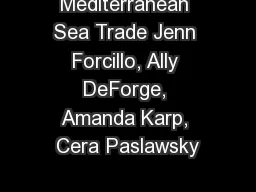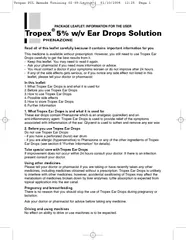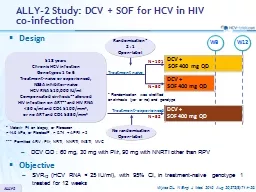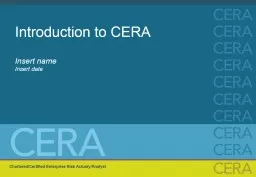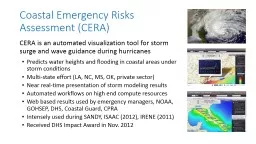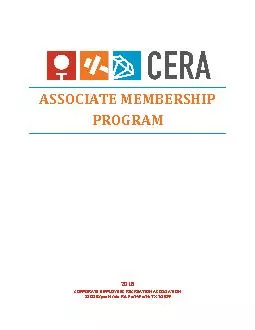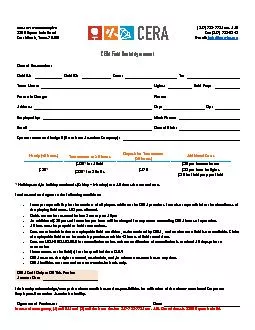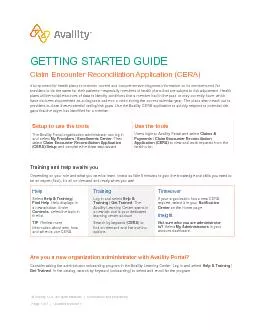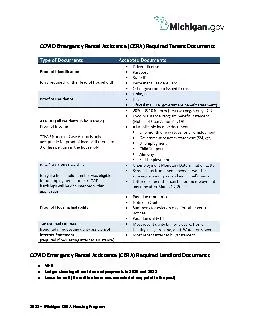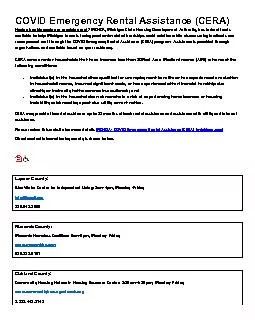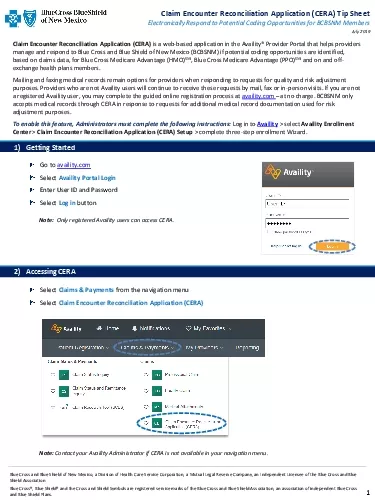PPT-Mediterranean Sea Trade Jenn Forcillo, Ally DeForge, Amanda Karp, Cera Paslawsky
Author : marina-yarberry | Published Date : 2018-11-09
THE MEDITERRANEAN SEA The Mediterranean Sea was vital for merchants and travelers of ancient times because it allowed for easy trade and exchange of cultures and
Presentation Embed Code
Download Presentation
Download Presentation The PPT/PDF document "Mediterranean Sea Trade Jenn Forcillo, A..." is the property of its rightful owner. Permission is granted to download and print the materials on this website for personal, non-commercial use only, and to display it on your personal computer provided you do not modify the materials and that you retain all copyright notices contained in the materials. By downloading content from our website, you accept the terms of this agreement.
Mediterranean Sea Trade Jenn Forcillo, Ally DeForge, Amanda Karp, Cera Paslawsky: Transcript
Download Rules Of Document
"Mediterranean Sea Trade Jenn Forcillo, Ally DeForge, Amanda Karp, Cera Paslawsky"The content belongs to its owner. You may download and print it for personal use, without modification, and keep all copyright notices. By downloading, you agree to these terms.
Related Documents

